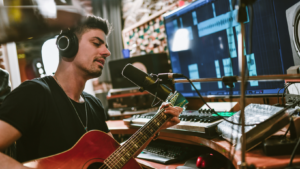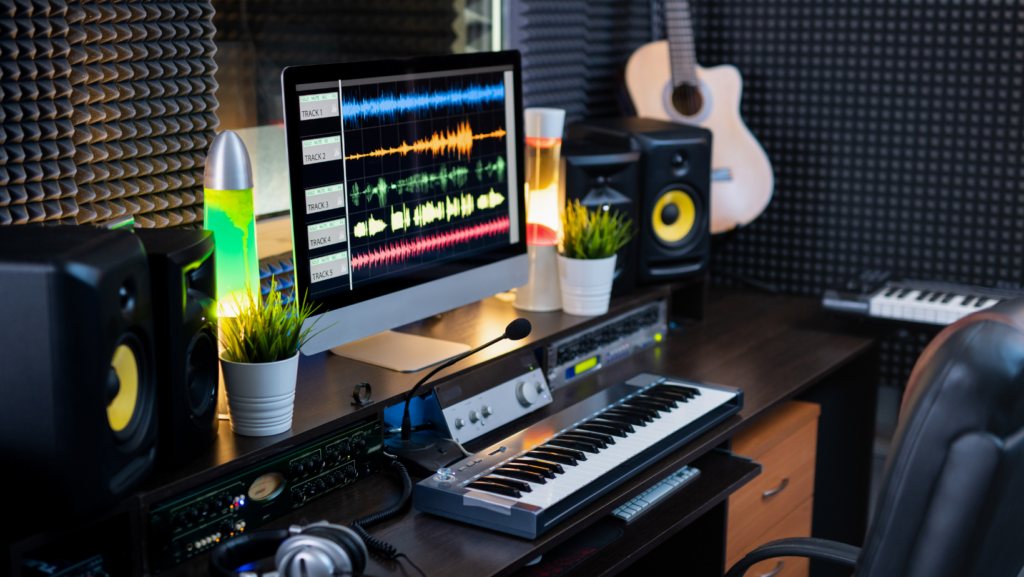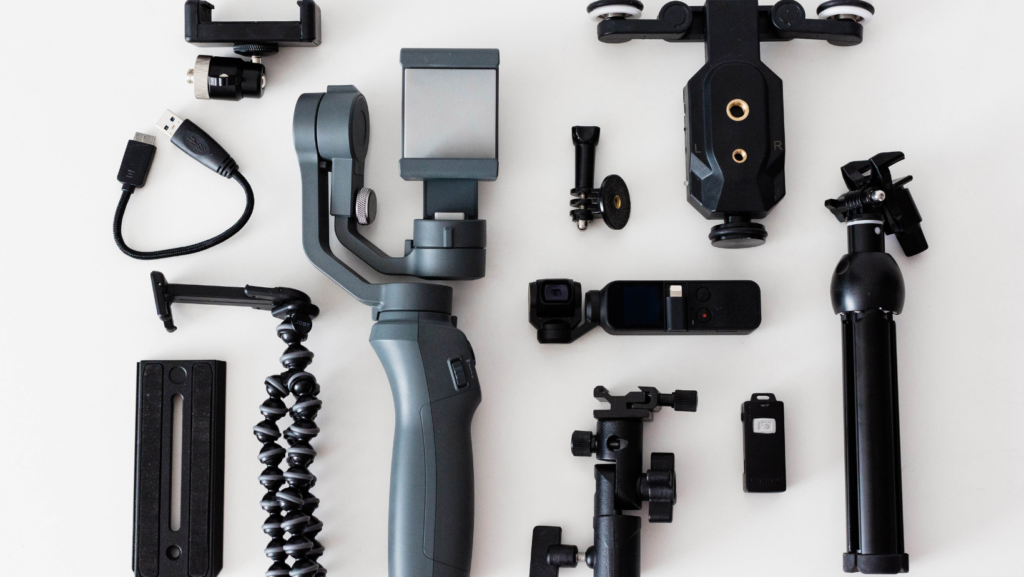Every aspiring singer knows that recording vocals isn’t just about belting out notes; it’s an art that requires the right tools and techniques. This piece aims to shed light on the essentials for recording vocals, helping you achieve that studio-quality sound at home.
 From microphones to acoustics, we’ll delve into the intricacies of vocal recordings. We’ll explore how to choose the right equipment, set up your space, and even touch on post-production. Whether you’re a newbie or a seasoned vocalist, there’s something for everyone.
From microphones to acoustics, we’ll delve into the intricacies of vocal recordings. We’ll explore how to choose the right equipment, set up your space, and even touch on post-production. Whether you’re a newbie or a seasoned vocalist, there’s something for everyone.
So, are you ready to take your vocal recordings to the next level? Let’s dive in and unravel the secrets of professional vocal recording.
Essentials for Recording Vocals
Achieving studio-quality sound at home mandates a focus on essentials for recording vocals. Precision in selection and use of equipment aids in achieving the best sound quality.
Choosing the Right Microphone
Microphone selection carries a significant role in essentials for recording vocals. Optimal recording experience hinges on understanding different microphone polar patterns. For instance, cardioid microphones, known for their heart-shaped pick-up pattern, serve as ideal choices for single source recordings, reducing background noise.
Importance of a Soundproof Room
In recording vocals, the room’s nature holds an equally pivotal role as the equipment. A soundproof room curbs noise interference, allowing the capture of clear, crisp vocals. Acoustic foam panels, designed to absorb sound and reduce echo, aid in achieving soundproof qualities in a room.
In-Depth on Pop Filters
An overlooked but essential piece, the pop filter, significantly improves vocal recording. Attached to microphone stands, pop filters serve to reduce plosive sounds that cause distortion in recordings. Plosive sounds, resulting from the release of air when articulating ‘b’ and ‘p’ sounds, impede clarity in vocal recording. The simple addition of a pop filter impressively enhances the quality of recorded vocals, providing a smooth and clean sound. It’s a small, but essential element that pays hefty dividends in post-production.
Setting Up Your Recording Environment
Proper setup of a recording space enhances vocal clarity and captures the talent of the performer. Acoustic treatment of the space and optimal microphone positioning are crucial factors in this setup.
Tips for Acoustic Treatment

Achieving studio-like sound quality from a home setting relies heavily on the right acoustic treatment. Treatment reduces room reflections, unwanted reverberations, and other audio distortions, thereby ensuring vocal clarity. Here are some proven strategies:
Placement of Acoustic Panels: Install acoustic foam or panels on the walls. They assist in absorbing echo, reducing noise interference, and making a room sound neutral. For instance, Studios commonly use a disguised technique of placing acoustic panels, named the “Live End Dead End” (LEDE) technique, ensuring adequate absorption at one end, while the other remains reflective.
Bass Traps: A significant concern in home studios is the control of low-frequency sounds. Bass traps, placed in room corners, address this issue by absorbing these frequencies, thus preventing a muddy sound.
Diffusers: Avoid an overly ‘dead’ sound. Strategically positioned diffusers scatter sound waves, ensuring a vibrant yet controlled acoustic space. They often find lots of use in the ‘live end’ of the LEDE arrangement.
Tips for Vocals Recording Session

A crucial step before recording vocals, neglected by many, is warming up. Similar to how athletes stretch before exercising, singers too find benefits in vocal warm-ups. They prepare the vocal chords, enhance range, and prevent vocal strain, ensuring an optimal recording session. Artists can engage in a variety of warm-up exercises such as lip trills, humming, and scales to improve vocal agility and stamina.
Understanding pitch, tone, and volume is necessary for any vocalist aspiring to produce high-quality recordings. Pitch pertains to the perceived frequency of a sound — how high or low a note is. Tone, or timbre, refers to the voice’s unique color or quality that differentiates it from other voices; think of it as the audible fingerprint of a sound. Volume, on the other hand, is the perceived loudness or quietness of a sound. Managing these three aspects successfully can alter the emotion and impact of a recording dramatically.



